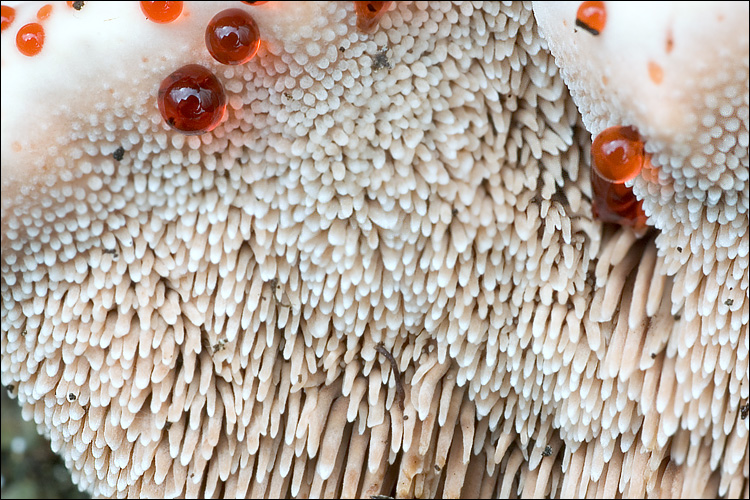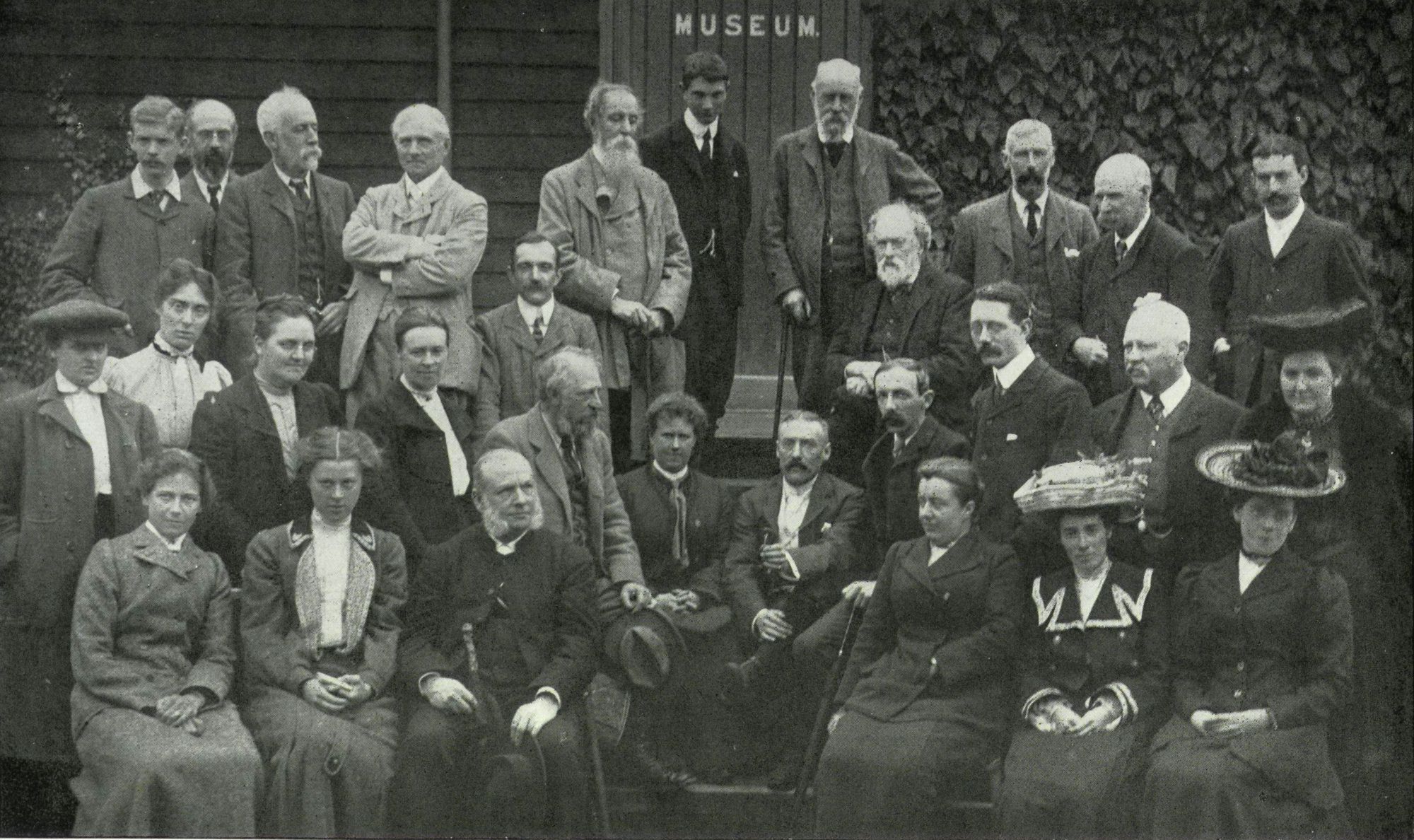|
Hydnellum Spongiosipes
''Hydnellum spongiosipes'', commonly known as the velvet tooth, is a tooth fungus in the family Bankeraceae. It is found in Europe and North America. In Switzerland, it is considered a vulnerable species. Taxonomy The fungus was originally described as new to science in 1898 by American mycologist Charles Horton Peck, who placed it in the genus '' Hydnum''. Zdeněk Pouzar transferred it to ''Hydnellum'' in 1960. Synonyms A synonym is a word, morpheme, or phrase that means exactly or nearly the same as another word, morpheme, or phrase in a given language. For example, in the English language, the words ''begin'', ''start'', ''commence'', and ''initiate'' are all ... include ''Hydnellum nuttallii'', published by Howard James Banker in 1906, and ''Hydnellum velutinum'' var. ''spongiosipes'', published by Rudolph Arnold Maas Geesteranus in 1957. References External links * Fungi described in 1898 Fungi of Europe Fungi of North America Inedible fungi spongiosipes ... [...More Info...] [...Related Items...] OR: [Wikipedia] [Google] [Baidu] |
Charles Horton Peck
Charles Horton Peck (March 30, 1833 – July 11, 1917) was an American mycologist of the 19th and early 20th centuries. He was the New York State Botanist from 1867 to 1915, a period in which he described over 2,700 species of North American fungi. Biography Charles Horton Peck was born on March 30, 1833, in the northeastern part of the town Sand Lake, New York, now called Averill Park. After suffering a light stroke early in November 1912 and then a severe stroke in 1913, he died at his house in Menands, New York, on July 11, 1917. In 1794, Eleazer Peck (his great grandfather) moved from Farmington, Conn. to Sand Lake, NY attracted by oak timber that was manufactured for the Albany market. Later on, Pamelia Horton Peck married Joel B., both from English descent, and became Charles Peck parents (Burnham 1919; Atkinson 1918). Even though his family was rich and locally prominent, his education was provincial (Haines 1986). During his childhood, he used to enjoy fishing and h ... [...More Info...] [...Related Items...] OR: [Wikipedia] [Google] [Baidu] |
Hydnellum
''Hydnellum'' is a genus of tooth fungi in the family Bankeraceae (order Thelephorales). Widely distributed in the Northern Hemisphere, the genus contains around 40 species. The fruitbodies of its members grow by slowly enveloping nearby bits of grass and vegetation. There is great variability in the form of ''Hydnellum'' fruitbodies, which are greatly influenced by environmental conditions such as rainfall and humidity, drying winds, and temperature. They are too tough and woody to eat comfortably. Several species have become the focus of increasing conservation concern following widespread declines in abundance. ''Hydnellum'' species produce pigments that have been used to dye textiles. Several chemical compounds—some with unique biological activity—have been isolated and identified from the genus. One of the better-known species is the unusual pinkish-white ''Hydnellum peckii'', also known as "strawberries and cream" or as the "bleeding tooth fungus" due to the red d ... [...More Info...] [...Related Items...] OR: [Wikipedia] [Google] [Baidu] |
Inedible Fungi
{{Short pages monitor ... [...More Info...] [...Related Items...] OR: [Wikipedia] [Google] [Baidu] |
Fungi Of North America
A fungus ( : fungi or funguses) is any member of the group of eukaryotic organisms that includes microorganisms such as yeasts and molds, as well as the more familiar mushrooms. These organisms are classified as a kingdom, separately from the other eukaryotic kingdoms, which by one traditional classification include Plantae, Animalia, Protozoa, and Chromista. A characteristic that places fungi in a different kingdom from plants, bacteria, and some protists is chitin in their cell walls. Fungi, like animals, are heterotrophs; they acquire their food by absorbing dissolved molecules, typically by secreting digestive enzymes into their environment. Fungi do not photosynthesize. Growth is their means of mobility, except for spores (a few of which are flagellated), which may travel through the air or water. Fungi are the principal decomposers in ecological systems. These and other differences place fungi in a single group of related organisms, named the ''Eumycota'' (''true fungi' ... [...More Info...] [...Related Items...] OR: [Wikipedia] [Google] [Baidu] |
Fungi Of Europe
A fungus (plural, : fungi or funguses) is any member of the group of Eukaryote, eukaryotic organisms that includes microorganisms such as yeasts and Mold (fungus), molds, as well as the more familiar mushrooms. These organisms are classified as a Kingdom (biology), kingdom, separately from the other eukaryotic kingdoms, which by one traditional classification include Plantae, Animalia, Protozoa, and Chromista. A characteristic that places fungi in a different kingdom from plants, bacteria, and some protists is chitin in their cell walls. Fungi, like animals, are heterotrophs; they acquire their food by absorbing dissolved molecules, typically by secreting digestive enzymes into their environment. Fungi do not photosynthesize. Growth is their means of motility, mobility, except for spores (a few of which are flagellated), which may travel through the air or water. Fungi are the principal decomposers in ecological systems. These and other differences place fungi in a single gro ... [...More Info...] [...Related Items...] OR: [Wikipedia] [Google] [Baidu] |
Fungi Described In 1898
A fungus ( : fungi or funguses) is any member of the group of eukaryotic organisms that includes microorganisms such as yeasts and molds, as well as the more familiar mushrooms. These organisms are classified as a kingdom, separately from the other eukaryotic kingdoms, which by one traditional classification include Plantae, Animalia, Protozoa, and Chromista. A characteristic that places fungi in a different kingdom from plants, bacteria, and some protists is chitin in their cell walls. Fungi, like animals, are heterotrophs; they acquire their food by absorbing dissolved molecules, typically by secreting digestive enzymes into their environment. Fungi do not photosynthesize. Growth is their means of mobility, except for spores (a few of which are flagellated), which may travel through the air or water. Fungi are the principal decomposers in ecological systems. These and other differences place fungi in a single group of related organisms, named the ''Eumycota'' (''true fungi' ... [...More Info...] [...Related Items...] OR: [Wikipedia] [Google] [Baidu] |
British Mycological Society
The British Mycological Society is a learned society established in 1896 to promote the study of fungi. Formation The British Mycological Society (BMS) was formed by the combined efforts of two local societies: the Woolhope Naturalists' Field Club of Hereford and the Yorkshire Naturalists’ Union. The Curator of the Hereford Club, Dr. H. G. Bull, convinced the members in 1867 to undertake the particular study of mushrooms. While the mycological efforts of the Club diminished somewhat after Dr. Bull's death, the Union of Yorkshire founded its Mycological Committee in 1892. This Committee attracted the involvement of many eminent mycologists including George Edward Massee (1845–1917), James Needham (1849–1913), Charles Crossland (1844-1916), and Henry Thomas Soppitt (1843-1899). Mycologist Kathleen Sampson was a member for sixty years, as well as serving as president in 1938. The need for a national organisation and the need for a journal to publish their observatio ... [...More Info...] [...Related Items...] OR: [Wikipedia] [Google] [Baidu] |
Rudolph Arnold Maas Geesteranus
Rudolf Arnold Maas Geesteranus (20 January 1911 in The Hague – May 18, 2003 in Oegstgeest), was a Dutch mycologist Mycology is the branch of biology concerned with the study of fungus, fungi, including their genetics, genetic and biochemistry, biochemical properties, their Taxonomy (biology), taxonomy and ethnomycology, their use to humans, including as a so .... See also * :Taxa named by Rudolf Arnold Maas Geesteranus References {{DEFAULTSORT:Maas Geesteranus, Rudolph Arnold 1911 births 2003 deaths Dutch mycologists Scientists from The Hague Leiden University alumni Academic staff of Leiden University ... [...More Info...] [...Related Items...] OR: [Wikipedia] [Google] [Baidu] |
Synonym (biology)
The Botanical and Zoological Codes of nomenclature treat the concept of synonymy differently. * In botanical nomenclature, a synonym is a scientific name that applies to a taxon that (now) goes by a different scientific name. For example, Linnaeus was the first to give a scientific name (under the currently used system of scientific nomenclature) to the Norway spruce, which he called ''Pinus abies''. This name is no longer in use, so it is now a synonym of the current scientific name, ''Picea abies''. * In zoology, moving a species from one genus to another results in a different binomen, but the name is considered an alternative combination rather than a synonym. The concept of synonymy in zoology is reserved for two names at the same rank that refers to a taxon at that rank - for example, the name ''Papilio prorsa'' Linnaeus, 1758 is a junior synonym of ''Papilio levana'' Linnaeus, 1758, being names for different seasonal forms of the species now referred to as ''Araschnia leva ... [...More Info...] [...Related Items...] OR: [Wikipedia] [Google] [Baidu] |
Hydnum
''Hydnum'' is a genus of fungi in the family Hydnaceae. They are notable for their unusual spore-bearing structures of teeth rather than gills. The best known are the edible species ''Hydnum repandum'' and '' H. rufescens''. There are no known toxic varieties of ''Hydnum.'' Widely regarded as important maintainers of forest eco systems, the ''Hydnum'' genus is known to have ectomycorrhizal relationships with multiple plant families. ''Hydnum'' has many brittle, white teeth from which the spores drop. Some species have teeth which hang from ascending branches, while other species have teeth which project downwards from the undersurfaces of dead wood. Most ''hydnum'' are safe to eat, and contain many fatty acids and antioxidants. Taxonomy and diversity Hydnum are found on every continent that is habitable for plant life, with some preferring deep forest regions. Most of the common forms of hydnum, such as ''h. repandum'' and ''h. rufuscens'' can be located in Europe, East Asia, and A ... [...More Info...] [...Related Items...] OR: [Wikipedia] [Google] [Baidu] |
Zdeněk Pouzar
Zdeněk Pouzar (born 13 April 1932) is a Czech mycologist. Along with František Kotlaba, he published several works about the taxonomy of polypore, corticioid, and gilled fungi. Pouzar is a noted expert on stromatic pyrenomycetes. Until 2012, he was the editor-in-chief of the scientific journal ''Czech Mycology Czech may refer to: * Anything from or related to the Czech Republic, a country in Europe ** Czech language ** Czechs, the people of the area ** Czech culture Czech culture has been shaped by its geographical position in the middle of Europe. Infl ...''. References {{DEFAULTSORT:Pouzar, Zdenek 1932 births Czech mycologists Living people ... [...More Info...] [...Related Items...] OR: [Wikipedia] [Google] [Baidu] |
Species Description
A species description is a formal description of a newly discovered species, usually in the form of a scientific paper. Its purpose is to give a clear description of a new species of organism and explain how it differs from species that have been described previously or are related. In order for species to be validly described, they need to follow guidelines established over time. Zoological naming requires adherence to the ICZN code, plants, the ICN, viruses ICTV, and so on. The species description often contains photographs or other illustrations of type material along with a note on where they are deposited. The publication in which the species is described gives the new species a formal scientific name. Some 1.9 million species have been identified and described, out of some 8.7 million that may actually exist. Millions more have become extinct throughout the existence of life on Earth. Naming process A name of a new species becomes valid (available in zo ... [...More Info...] [...Related Items...] OR: [Wikipedia] [Google] [Baidu] |




